David Sharp
Implicit Gaussian process representation of vector fields over arbitrary latent manifolds
Sep 28, 2023Abstract:Gaussian processes (GPs) are popular nonparametric statistical models for learning unknown functions and quantifying the spatiotemporal uncertainty in data. Recent works have extended GPs to model scalar and vector quantities distributed over non-Euclidean domains, including smooth manifolds appearing in numerous fields such as computer vision, dynamical systems, and neuroscience. However, these approaches assume that the manifold underlying the data is known, limiting their practical utility. We introduce RVGP, a generalisation of GPs for learning vector signals over latent Riemannian manifolds. Our method uses positional encoding with eigenfunctions of the connection Laplacian, associated with the tangent bundle, readily derived from common graph-based approximation of data. We demonstrate that RVGP possesses global regularity over the manifold, which allows it to super-resolve and inpaint vector fields while preserving singularities. Furthermore, we use RVGP to reconstruct high-density neural dynamics derived from low-density EEG recordings in healthy individuals and Alzheimer's patients. We show that vector field singularities are important disease markers and that their reconstruction leads to a comparable classification accuracy of disease states to high-density recordings. Thus, our method overcomes a significant practical limitation in experimental and clinical applications.
Designing A Clinically Applicable Deep Recurrent Model to Identify Neuropsychiatric Symptoms in People Living with Dementia Using In-Home Monitoring Data
Oct 19, 2021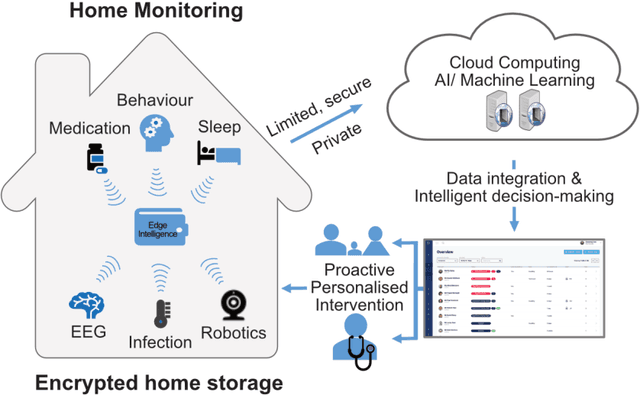
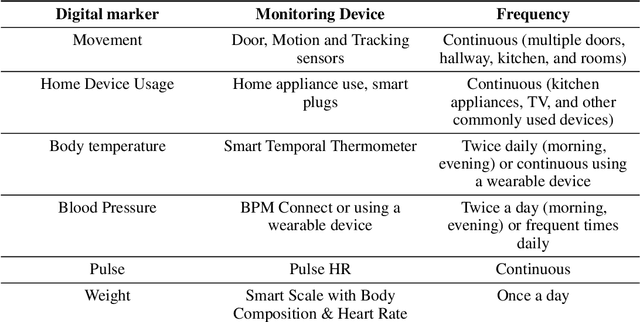

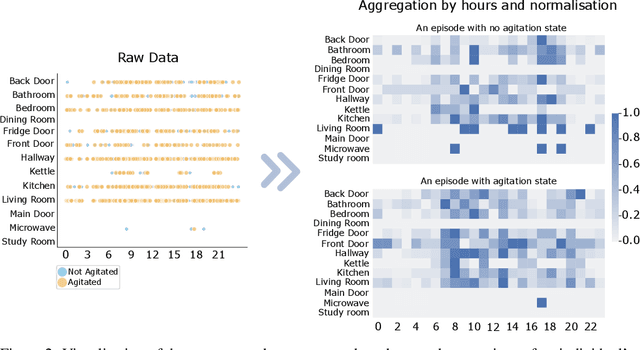
Abstract:Agitation is one of the neuropsychiatric symptoms with high prevalence in dementia which can negatively impact the Activities of Daily Living (ADL) and the independence of individuals. Detecting agitation episodes can assist in providing People Living with Dementia (PLWD) with early and timely interventions. Analysing agitation episodes will also help identify modifiable factors such as ambient temperature and sleep as possible components causing agitation in an individual. This preliminary study presents a supervised learning model to analyse the risk of agitation in PLWD using in-home monitoring data. The in-home monitoring data includes motion sensors, physiological measurements, and the use of kitchen appliances from 46 homes of PLWD between April 2019-June 2021. We apply a recurrent deep learning model to identify agitation episodes validated and recorded by a clinical monitoring team. We present the experiments to assess the efficacy of the proposed model. The proposed model achieves an average of 79.78% recall, 27.66% precision and 37.64% F1 scores when employing the optimal parameters, suggesting a good ability to recognise agitation events. We also discuss using machine learning models for analysing the behavioural patterns using continuous monitoring data and explore clinical applicability and the choices between sensitivity and specificity in-home monitoring applications.
Machine learning for risk analysis of Urinary Tract Infection in people with dementia
Nov 27, 2020


Abstract:The Urinary Tract Infections (UTIs) are one of the top reasons for unplanned hospital admissions in people with dementia, and if detected early, they can be timely treated. However, the standard UTI diagnosis tests, e.g. urine tests, will be only taken if the patients are clinically suspected of having UTIs. This causes a delay in diagnosis and treatment of the conditions and in some cases like people with dementia, the symptoms can be difficult to observe. Delay in detection and treatment of dementia is one of the key reasons for unplanned hospital admissions in people with dementia. To address these issues, we have developed a technology-assisted monitoring system, which is a Class 1 medical device. The system uses off-the-shelf and low-cost in-home sensory devices to monitor environmental and physiological data of people with dementia within their own homes. We have designed a machine learning model to use the data and provide risk analysis for UTIs. We use a semi-supervised learning model which leverage the environmental data, i.e. the data collected from the motion sensors, smart plugs and network-connected body temperature monitoring devices in the home, to detect patterns that can show the risk of UTIs. Since the data is noisy and partially labelled, we combine the neural networks and probabilistic neural networks to train an auto-encoder, which is to extract the general representation of the data. We will demonstrate our smart home management by videos/online, and show how our model can pick up the UTI related patterns.
Hierarchical Gaussian Processes with Wasserstein-2 Kernels
Oct 28, 2020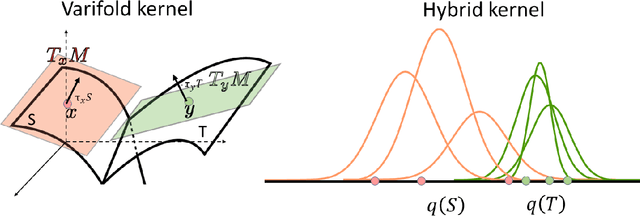
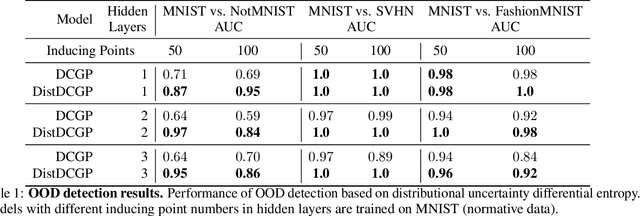
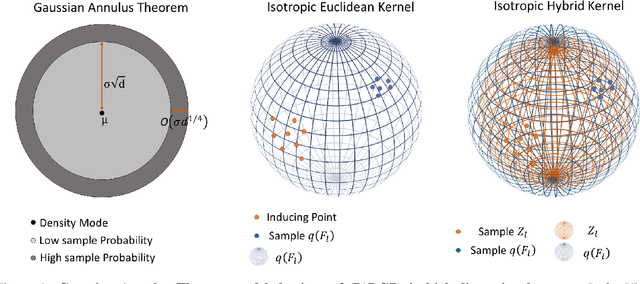
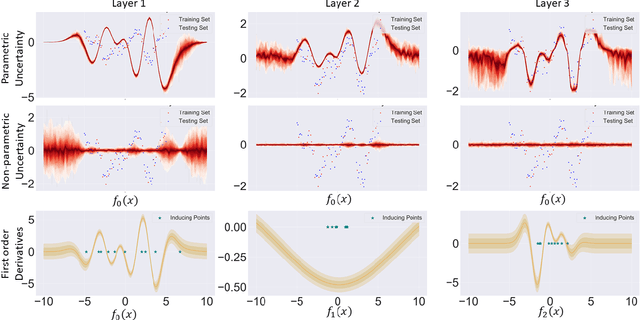
Abstract:We investigate the usefulness of Wasserstein-2 kernels in the context of hierarchical Gaussian Processes. Stemming from an observation that stacking Gaussian Processes severely diminishes the model's ability to detect outliers, which when combined with non-zero mean functions, further extrapolates low variance to regions with low training data density, we posit that directly taking into account the variance in the computation of Wasserstein-2 kernels is of key importance towards maintaining outlier status as we progress through the hierarchy. We propose two new models operating in Wasserstein space which can be seen as equivalents to Deep Kernel Learning and Deep GPs. Through extensive experiments, we show improved performance on large scale datasets and improved out-of-distribution detection on both toy and real data.
Estimating Time-varying Brain Connectivity Networks from Functional MRI Time Series
Apr 13, 2014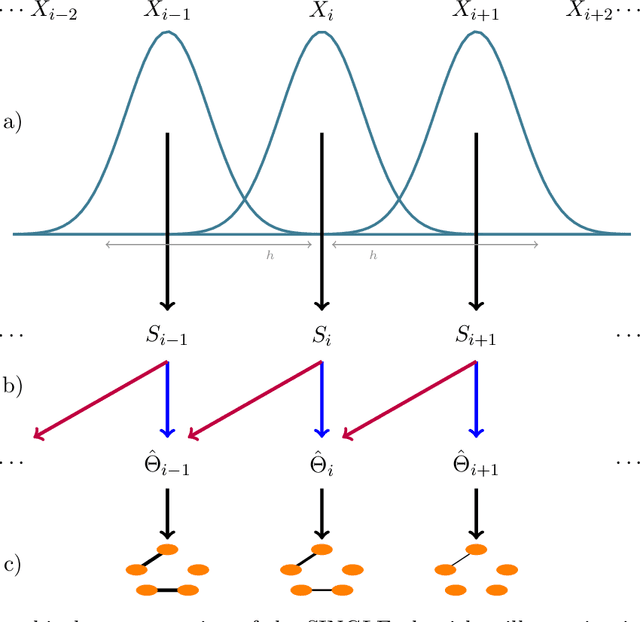
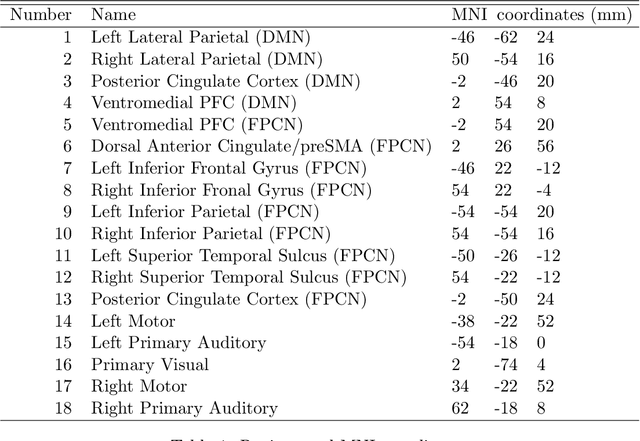
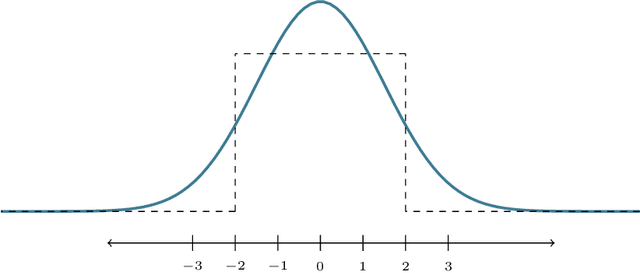
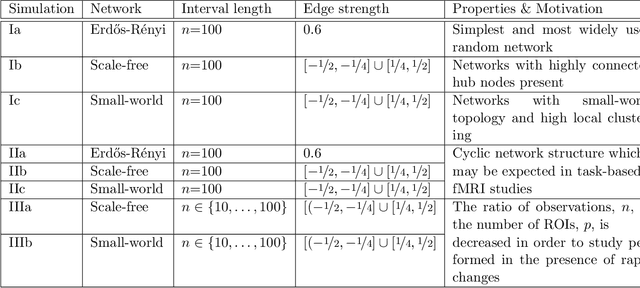
Abstract:Understanding the functional architecture of the brain in terms of networks is becoming increasingly common. In most fMRI applications functional networks are assumed to be stationary, resulting in a single network estimated for the entire time course. However recent results suggest that the connectivity between brain regions is highly non-stationary even at rest. As a result, there is a need for new brain imaging methodologies that comprehensively account for the dynamic (i.e., non-stationary) nature of the fMRI data. In this work we propose the Smooth Incremental Graphical Lasso Estimation (SINGLE) algorithm which estimates dynamic brain networks from fMRI data. We apply the SINGLE algorithm to functional MRI data from 24 healthy patients performing a choice-response task to demonstrate the dynamic changes in network structure that accompany a simple but attentionally demanding cognitive task. Using graph theoretic measures we show that the Right Inferior Frontal Gyrus, frequently reported as playing an important role in cognitive control, dynamically changes with the task. Our results suggest that the Right Inferior Frontal Gyrus plays a fundamental role in the attention and executive function during cognitively demanding tasks and may play a key role in regulating the balance between other brain regions.
 Add to Chrome
Add to Chrome Add to Firefox
Add to Firefox Add to Edge
Add to Edge